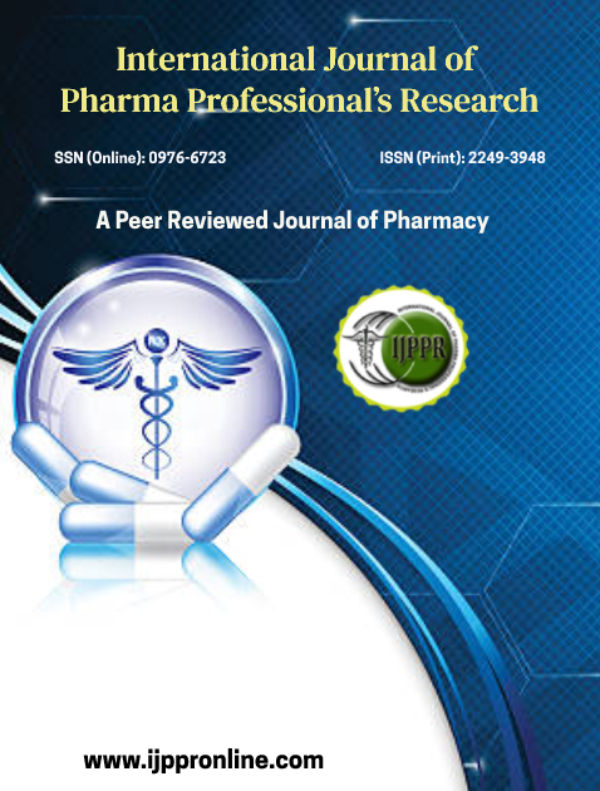A Systematic Review: Safety and Efficacy of Anticoagulation therapy for Atrial fibrillation and venous thromboembolism
Keywords:
Coagulation, Anticoagulants, Thrombosis, Atrial fibrillation
Abstract
Traditionally, heparin was given to patients who needed parenteral anticoagulation, while warfarin was given to patients who needed oral anticoagulation. There has been a push to create newer, more potent anticoagulants because of warfarin's limited therapeutic index and the requirement for regular laboratory monitoring. For the prevention and treatment of thrombosis, anticoagulants continue to be the principal approach. Since direct thrombin inhibitors are usually saved for patients who need intervention or who have complications, unfractionated heparin, low molecular weight heparin, and warfarin have all been thoroughly studied and used. As a result of their improved pharmacodynamic profiles and ease of use, novel oral anticoagulants are predicted to supplant older ones once they emerge from clinical development. Of all the side effects of anticoagulants, bleeding is the most worrying. Anticoagulant pharmacology, dosage, and toxicity are widely used, so clinicians must be well-versed in these areas.
How to Cite
Sadia Parveen, Ankit Vashist, Neha Jain, Ravindra Pal Singh, & Arsh Chanana. (1). A Systematic Review: Safety and Efficacy of Anticoagulation therapy for Atrial fibrillation and venous thromboembolism . International Journal of Pharma Professional’s Research (IJPPR), 15(1), 173-187. Retrieved from https://www.ijppronline.com/index.php/IJPPR/article/view/386
Section
Articles










